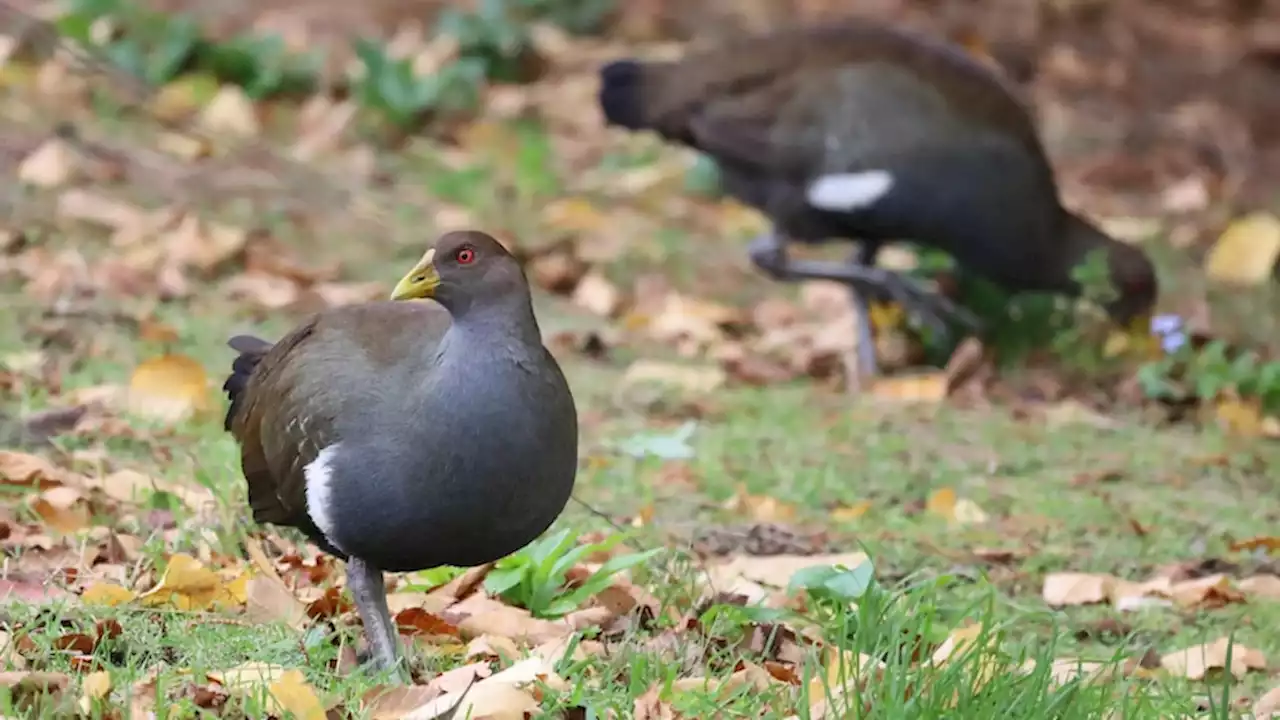Tasmania’s whisky industry is evolving from its craft origins into a globally oriented business – and transforming parts of the state in the process.
Bill Lark crunches along a gravel path skirting Callington Mill, an 1837 sandstone flour mill with white sails that still turn in the crisp Tasmanian air, to embrace his friend John Ibrahim. “Good to see you, maaate,” says Ibrahim in his chewy south-west Sydney accent. Lark flashes his gnomish, apple-cheeked grin. Together the bearded distiller and the tracksuited businessman represent the rootsy DIY past and the ambitious corporate future of Tasmanian whisky.
John Ibrahim at his Callington Mill Distillery in Oatlands, Tasmania. “In Sydney all business people are sharks. But here, it felt different.”The result speaks of an industry based around a complex moorish spirit and a spirit of place. The Scotch whisky industry is worth £6.2 billion a year, and a mere sliver of this would make distilling a star in Tasmania’s fragile economy.
The revival of Tasmanian whisky as a craft industry began in 1992 when Bill Lark, a former land surveyor, and his wife, Lyn, set up a $65 second-hand copper pot still on their kitchen table. In those days distilling licences were reserved for large operations and Lark had to get the legislation changed – customs minister Barry Jones was happy to oblige – to liberate craft operators like himself.
In the morning there were a couple of empty bottles, a few sore heads and the germ of an unlikely business deal. Lark would have Dysart House for $1 a year in rent, and Ibrahim would invest in a second distillery to be installed in the building that would supplement Lark’s other distilling operation at Cambridge. This would in time become Old Kempton Distillery and whisky school, with Lark a co-founder and director.
When he was starting out, Lark admits that he benefited enormously from a helping hand extended all the way from Scotland. As he tells it, he took a call in 1992, two weeks after getting his distilling licence, from John Grant, chairman of the family-run Glenfarclas distillery in Scotland’s east.Word had reached Grant about the fledgling operation at the opposite end of the world.
Many big distilleries set the clock of barrel-ageing at three, five or 10 years, and bottle as soon as the clock stops. But Maguire didn’t want to run his small distillery by clockwork. “I’d take as many samples as I could during the ageing process, and I only bottled when I thought the whisky was ready.”French Oak cask single malt
She looked around, asked some questions and after one look at the distillery’s gleaming original copper pot still, affectionately named Myrtle, she was enchanted. “I’d thought of whisky as something you mixed and quickly realised that ‘no no no, you don’t mix this!’ It’s a beautiful product. I started learning about premium whisky, tasting samples from around the world, and it wasn’t long before I realised: I want to be part of this.
The farm has a history of barley production, and Maguire wants to revive the tradition of creating a paddock-to-bottle single estate production. He plans to start with 300-350,000 litres a year and scale up to one million. That’s a wee dram compared to Scotland’s Glenfiddich, with more than 10 million litres a year.It represents, nevertheless, a big upscale from the small-batch craft operations that gave Tasmanian whisky its reputation, undergirding its hefty price.
His distiller, Raj Charan Singh, is a former Uber driver. Singh and Parry rolled up their sleeves after a three-month course at Old Kempton distillery, and with director Andrew Patten they’ve sunk $1 million and five years into the boutique business. Like many small-scale whisky start-ups, they’ve been producing a gin while the whisky matures in casks.
“I remember when we won the award for best whisky outside of Scotland and Ireland – best ‘other’ – at the 2009 World Whisky Awards,” he says. “That was the start of it. A lot of whisky magazines wanted to know about this tiny distillery in Tasmania winning such an impressive award.” Lark got in touch with Warren Randall, now the storied winery’s owner. “Over dinner one night – I think we’d had a fair bit of wine, too much I suspect – he wrote a note giving us exclusive access to his Para port casks.” Without these casks it’s doubtful Lark would have been able to make the “big, bold, rich, intense whisky” he always aimed for.
The connection is deepened, in the wine industry, by the use of wild yeasts in the fermentation process. Soil is said to play a part. Climate, too. But whisky makers universally use generic commercial yeast. Scotch trades heavily in the romance of Scotland.
Australia Latest News, Australia Headlines
Similar News:You can also read news stories similar to this one that we have collected from other news sources.
 Tasmania's 'turbo chooks' outrunning climate change, research showsThe humble native Tasmanian hen, also known as the 'turbo chook', is a familiar creature on the southern island. New research suggests it's going to stay that way even in the face of a changing climate.
Tasmania's 'turbo chooks' outrunning climate change, research showsThe humble native Tasmanian hen, also known as the 'turbo chook', is a familiar creature on the southern island. New research suggests it's going to stay that way even in the face of a changing climate.
Read more »
 Conditions 'not survivable' for Belgian traveller missing in TasmaniaHer family at home in Belgium are desperate for any sign of the fun-loving 31-year-old but police have confronting news.
Conditions 'not survivable' for Belgian traveller missing in TasmaniaHer family at home in Belgium are desperate for any sign of the fun-loving 31-year-old but police have confronting news.
Read more »
 16yo WA surfer sets internet ablaze with wild ride in TasmaniaNed Hart hits it big with a wild ride in Tasmania and the coverage is proving to be worth more than any contest win.
16yo WA surfer sets internet ablaze with wild ride in TasmaniaNed Hart hits it big with a wild ride in Tasmania and the coverage is proving to be worth more than any contest win.
Read more »
 Grim update amid search for missing backpackerBelgian tourist Celine Cremer vanished near a remote walking track in northwest Tasmania on June 17.
Grim update amid search for missing backpackerBelgian tourist Celine Cremer vanished near a remote walking track in northwest Tasmania on June 17.
Read more »
 Why top restaurant menus all look the sameThis week in The Fin podcast, AFR Magazine culinary editor Jill Dupleix on how the business model for high-end restaurants has changed and what the industry needs to do to regain momentum.
Why top restaurant menus all look the sameThis week in The Fin podcast, AFR Magazine culinary editor Jill Dupleix on how the business model for high-end restaurants has changed and what the industry needs to do to regain momentum.
Read more »
